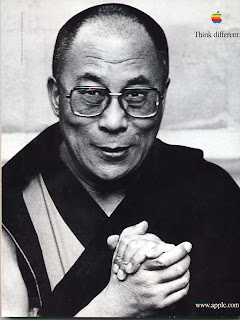Source: gkhalsa.wordpress.com
So as new media sources become the lifeline
of contemporary culture, we can see various media adaptations of all different
aspects of our life. We no longer need to drive to the shops in order to
purchase goods - we can shop online. We no longer need to send letters to
family and friends on the other side of the world – we can send an instant
email. Gradually, religious organizations are reveling in the magnificence of
technology too. Not only can we now attend religious institutions in an online,
virtual world, or even partake in rituals, but religious groups are turning to
social media, the internet and advertising in order to disseminate their
messages, and recruit followers.
However, this phenomenon isn’t really a
tactic that is uncommon these days. The Church of the Latter Day Saints, The
Church of Scientology and Hillsong are excellent examples of religious
institutions that have found their feet in the new age of technology. What
seems fascinating, on the other hand, is an emerging trend that sees well-established
brands and organization using religious iconography and leaders to sell their
products. But why is this the case? What is it about these religious figures
and icons that seem a successful marketing tactic for already recognizable
brands?
United Colors of Benetton are renowned for
their controversial advertisement campaigns. In particular, the advertisement
below caused much controversy when it was released in 2011. And Apple used the
Dalai Lama in an advertisement campaign more than ten years ago. Without
getting into the nitty gritty details of these advertisements, it is clear that
they are utilizing the familiarization of these images in order to create a fan
base, loyalty and a campaign that is captivating and evoking.
Source:shambhalasun.com
I could spend pages and pages writing about
campaigns such as these, however my thoughts today are simply about
highlighting how both religious institutions utilized mass media and popular
culture avenues of dissemination, and popular culture brands and ideas in turn
use religion as a foundation for marketing and promotions. So which came first?
It seems that both sides of this story benefit, even though there are still
those who find it difficult to believe such diverse sanctions of life can fit
so uniformly together.


No comments:
Post a Comment